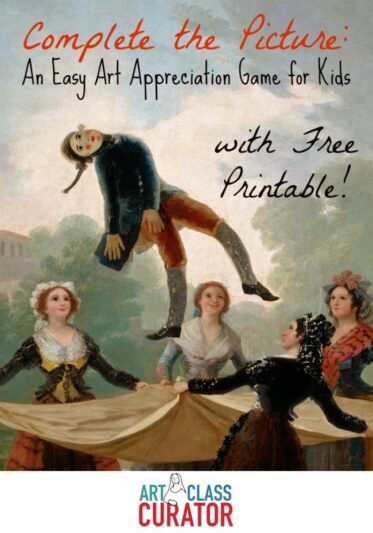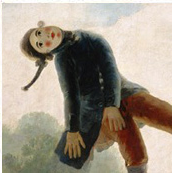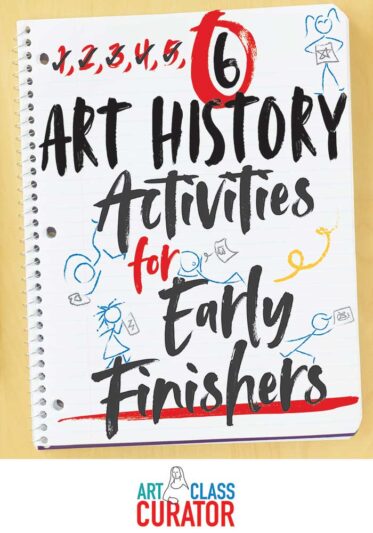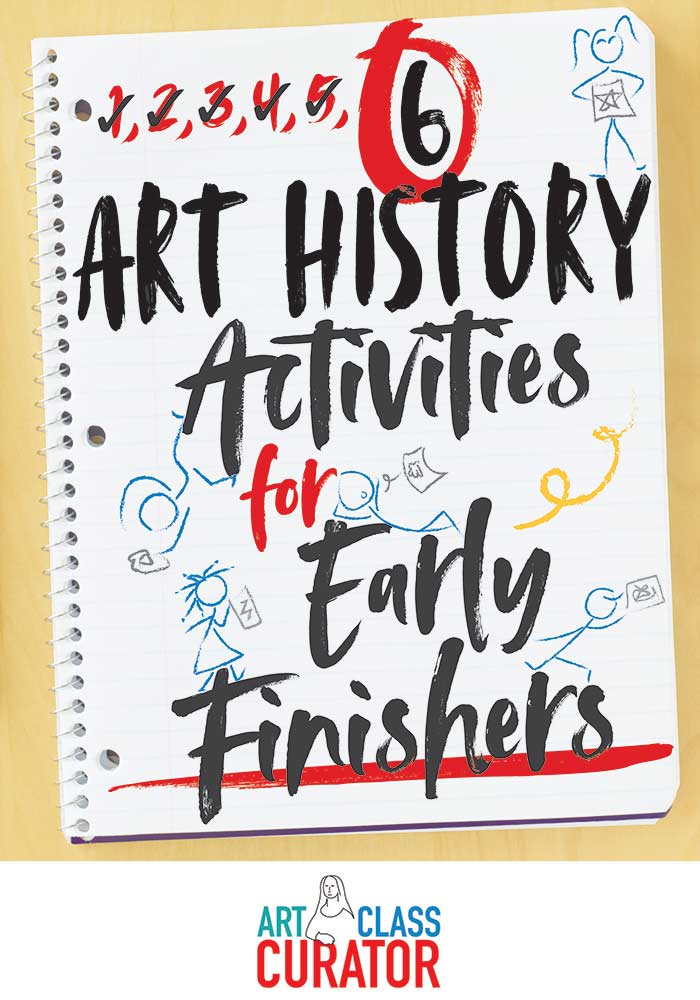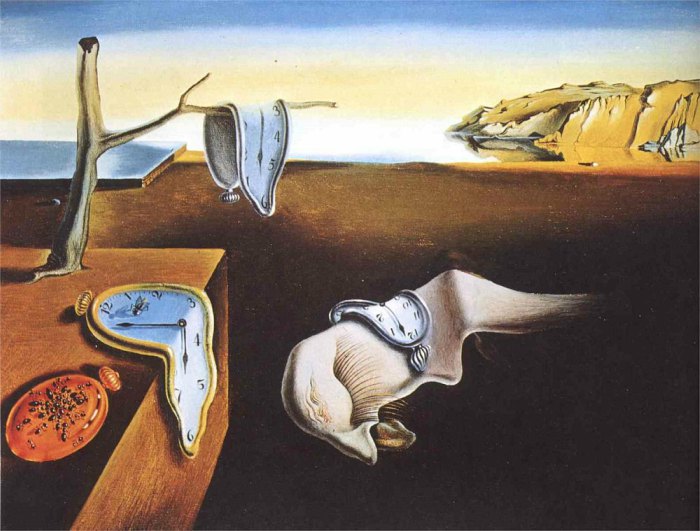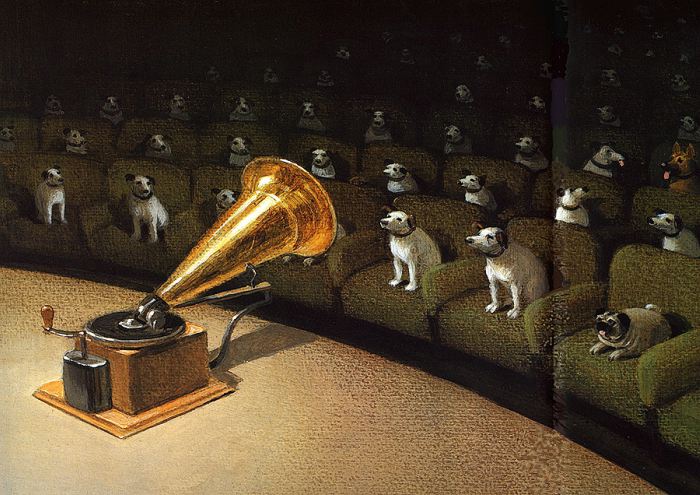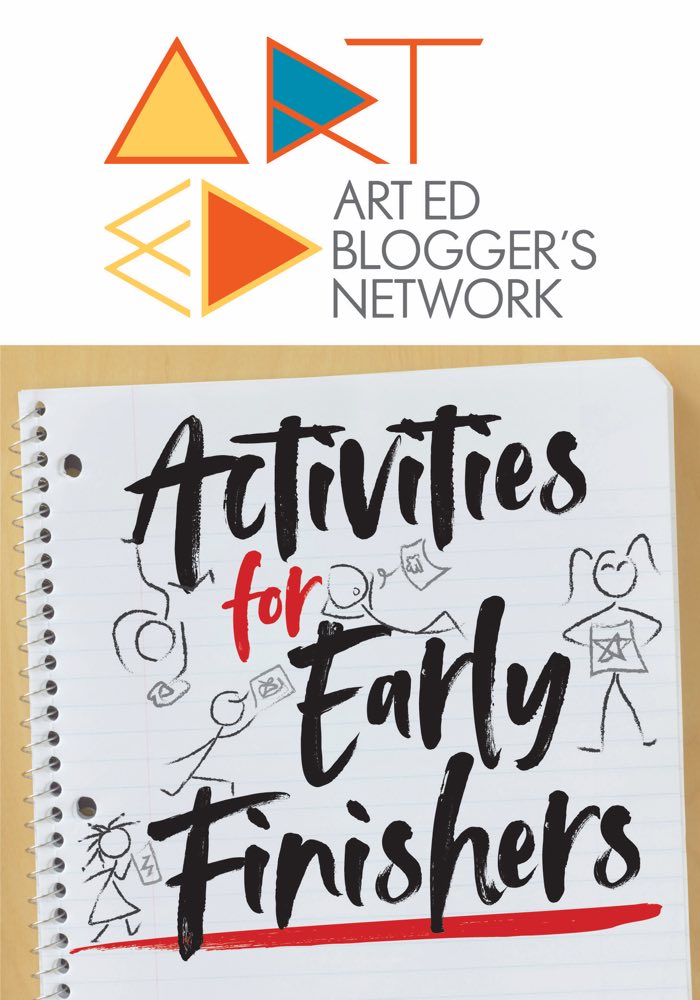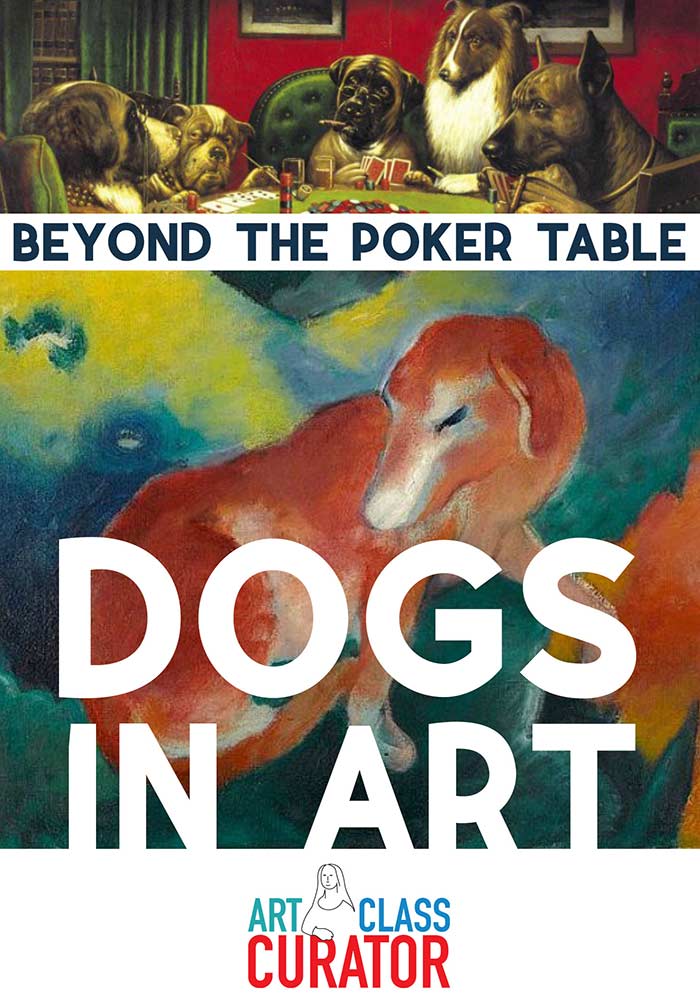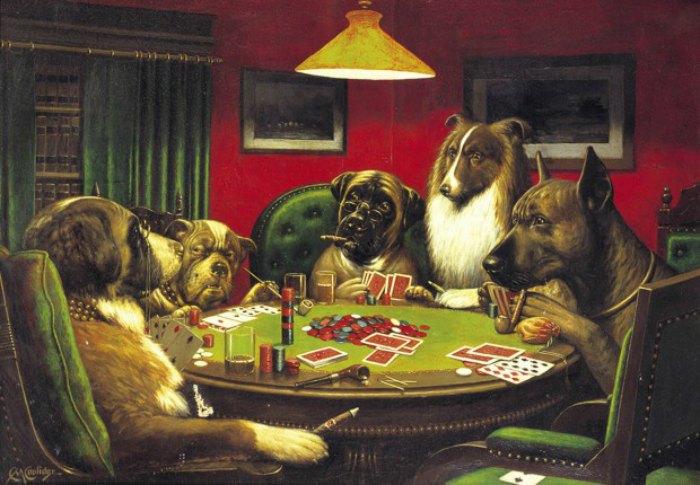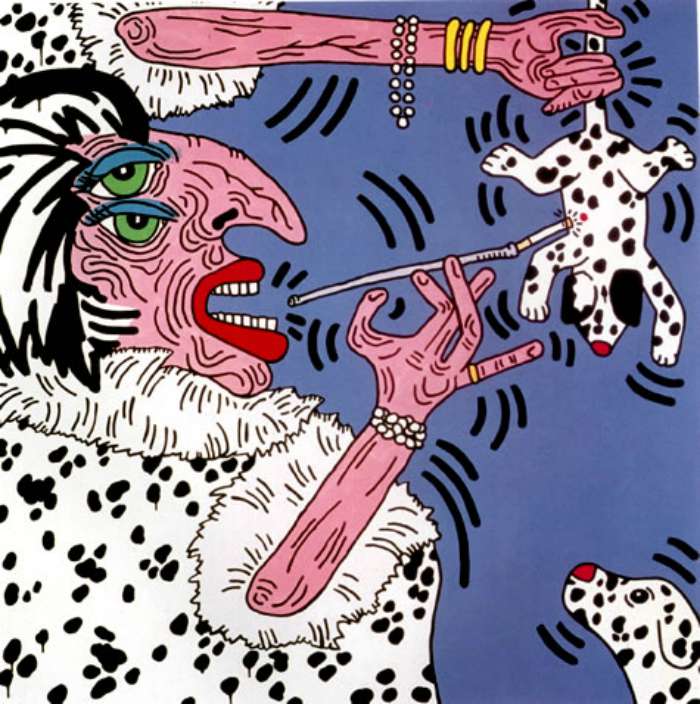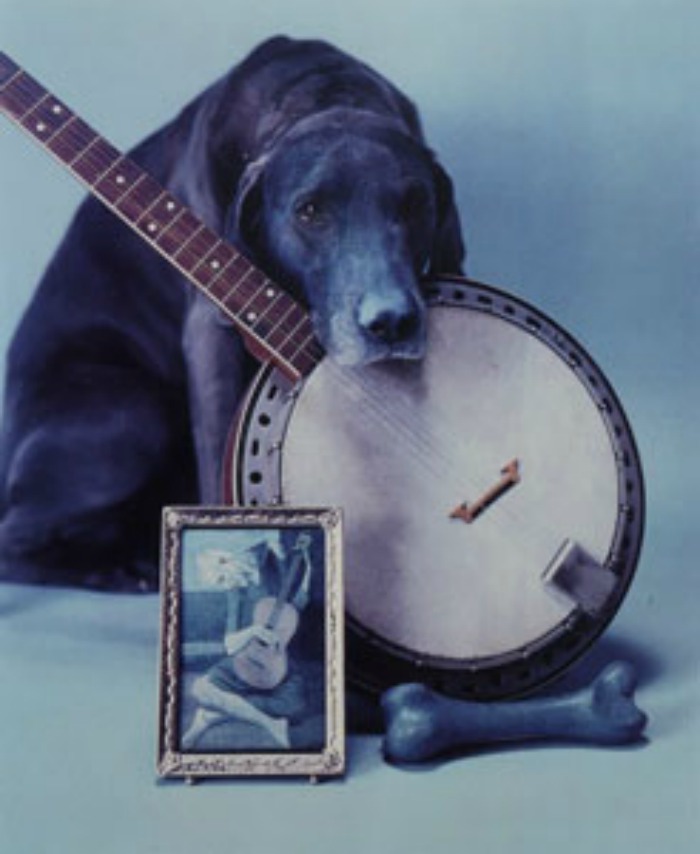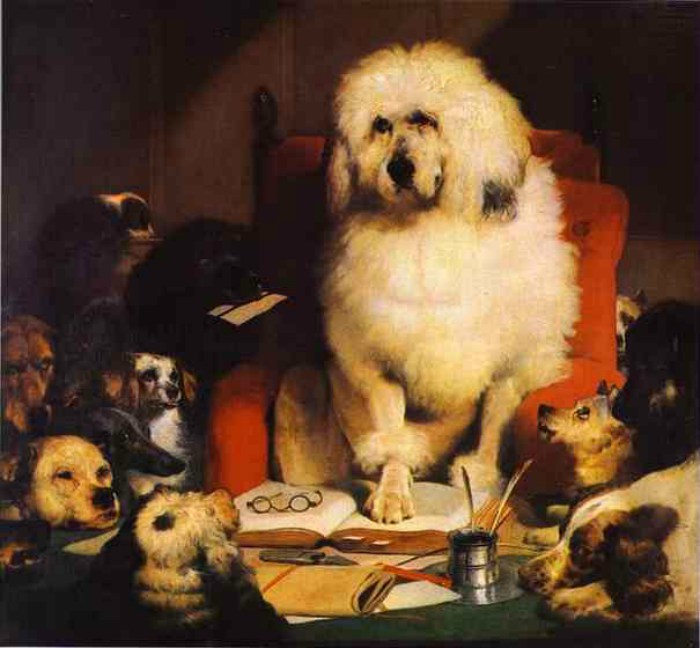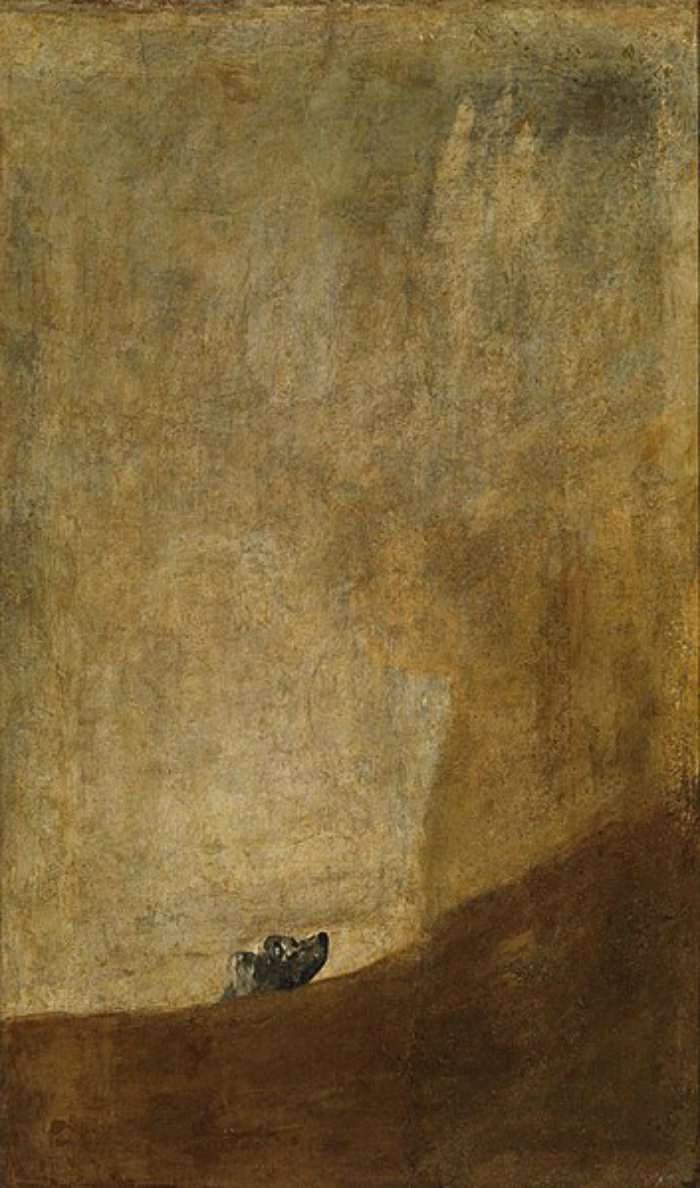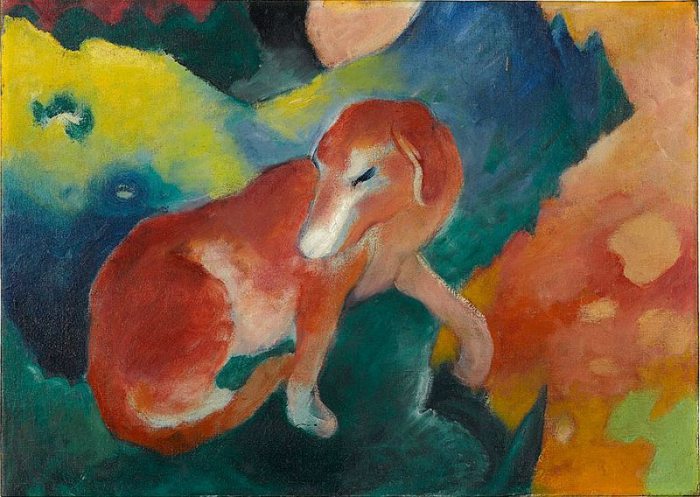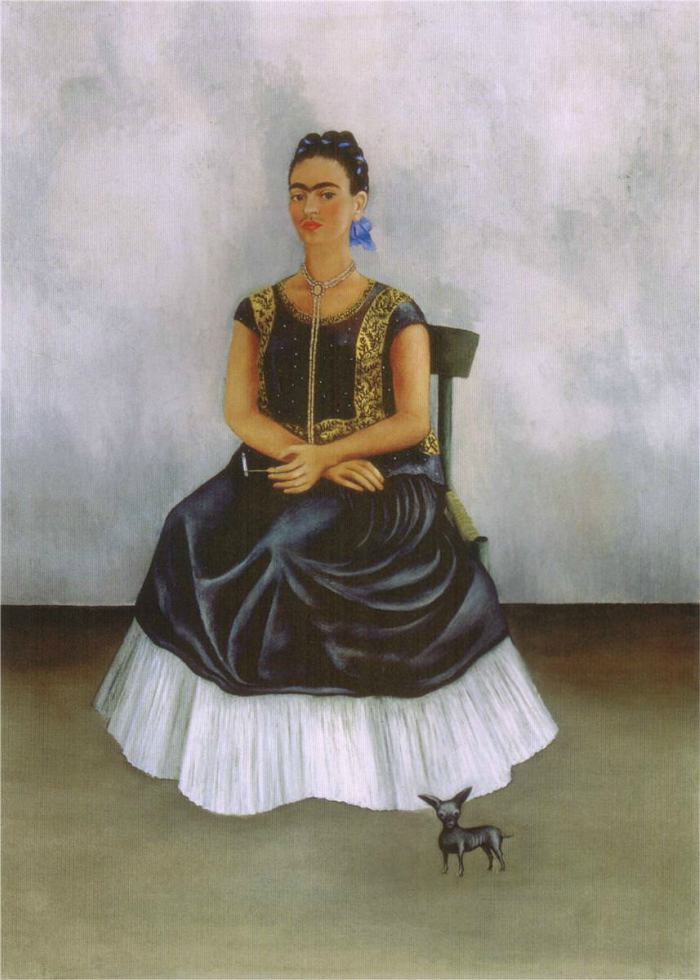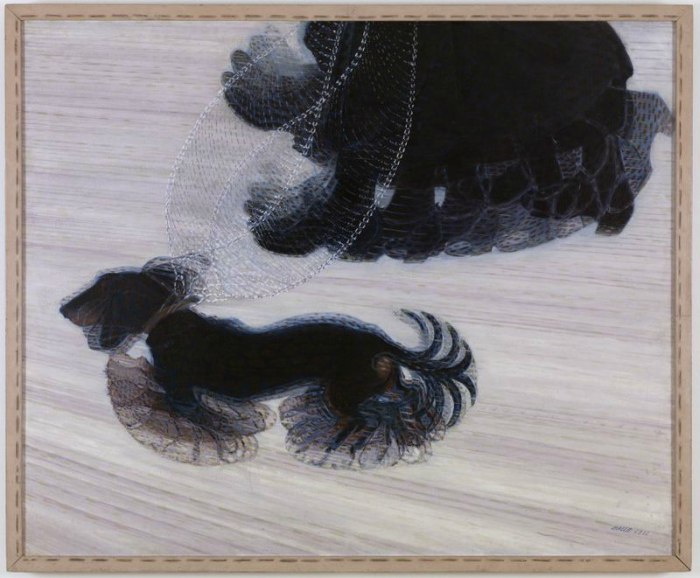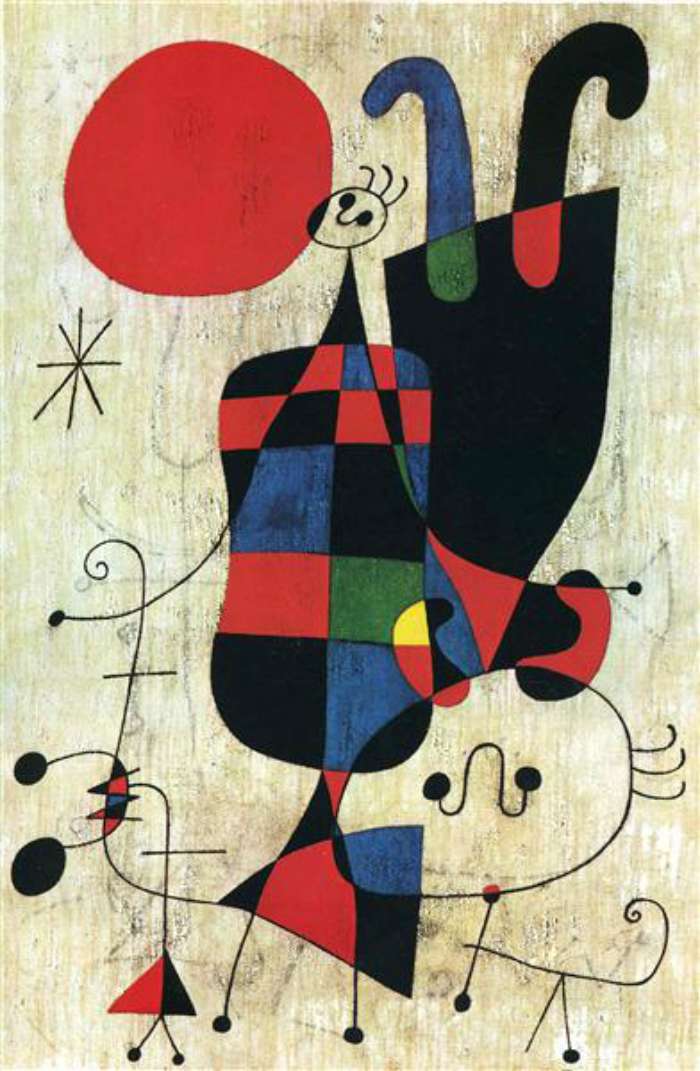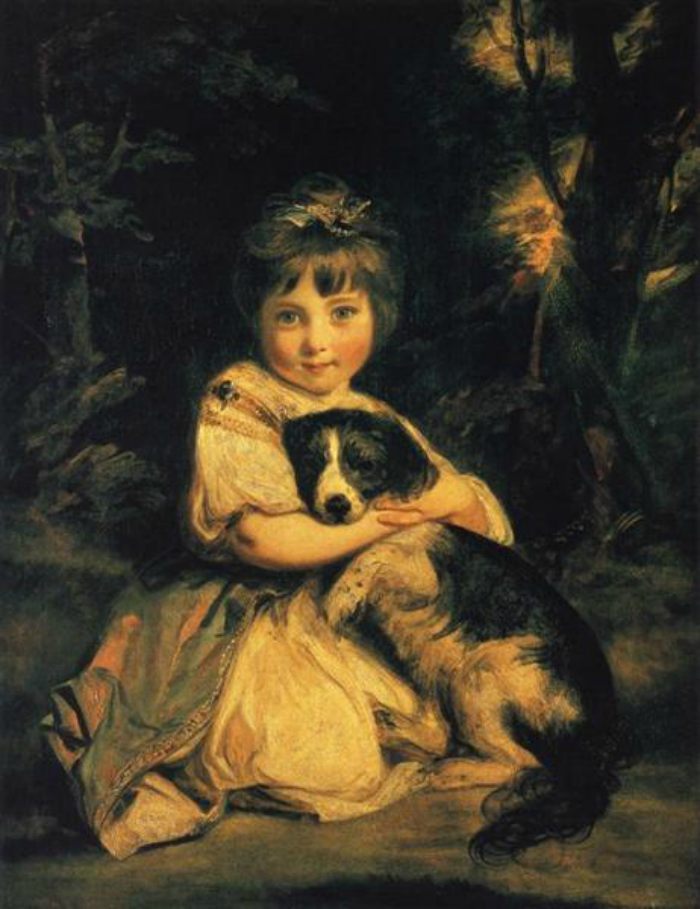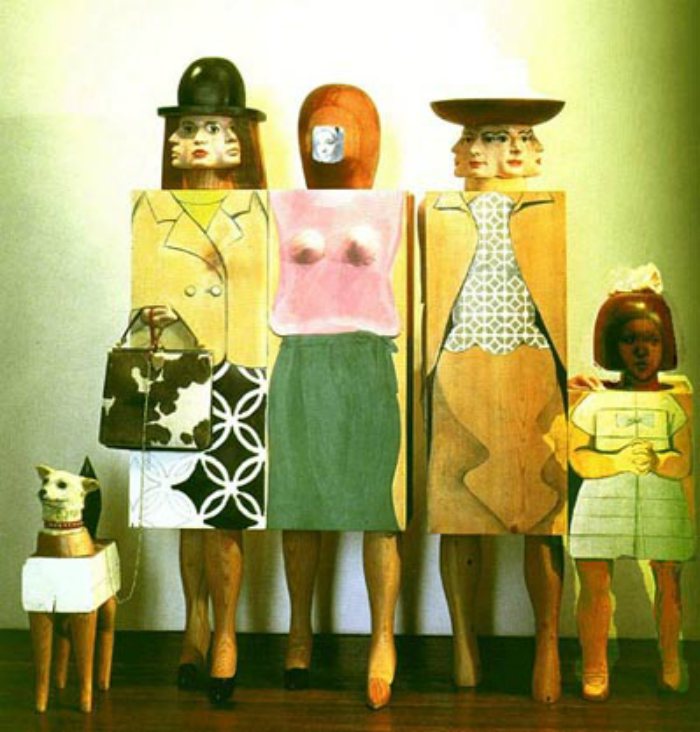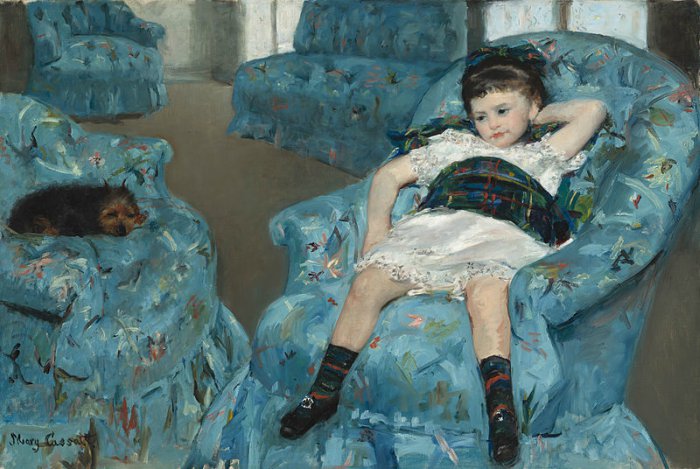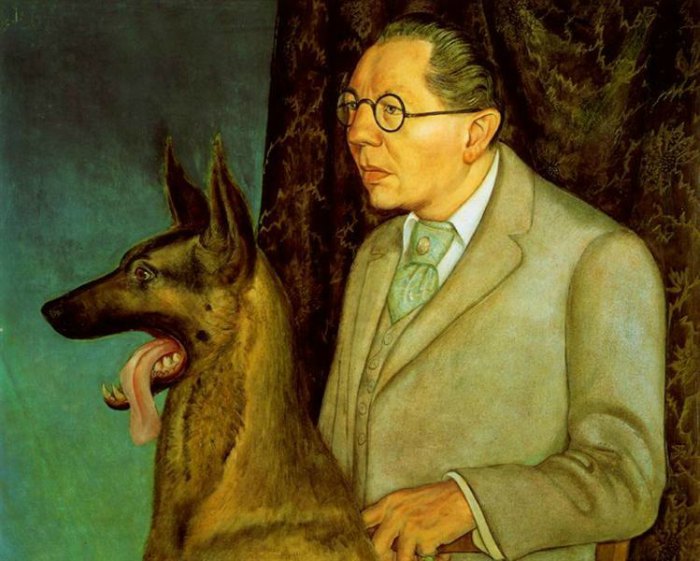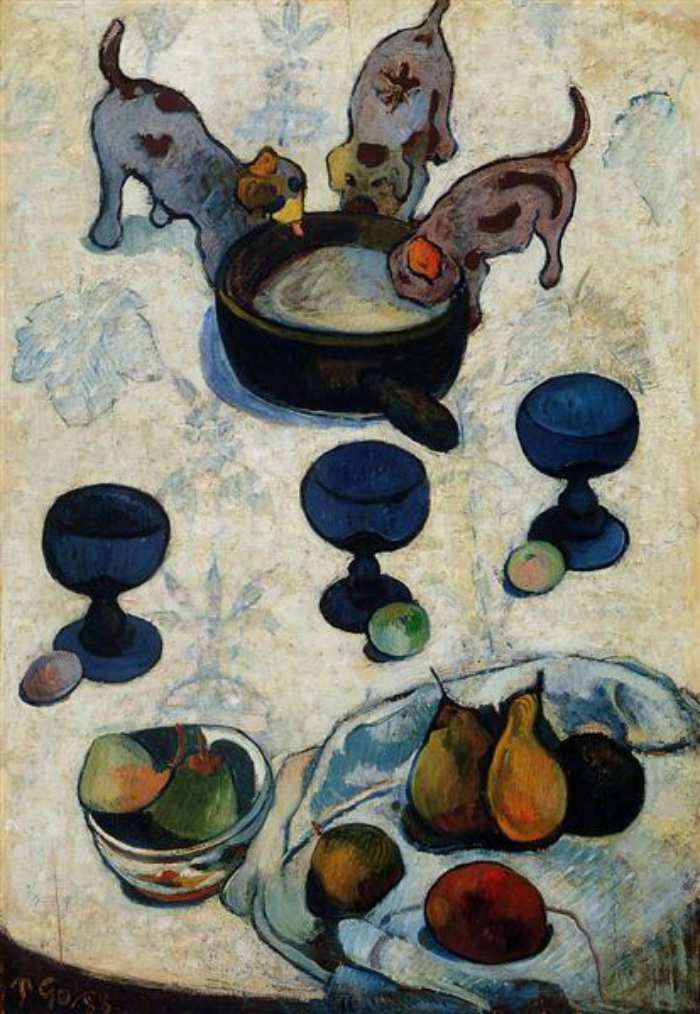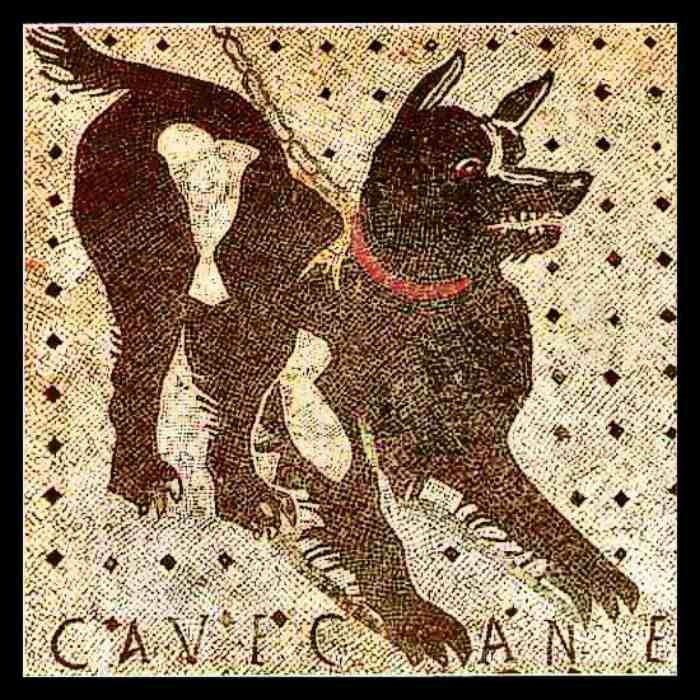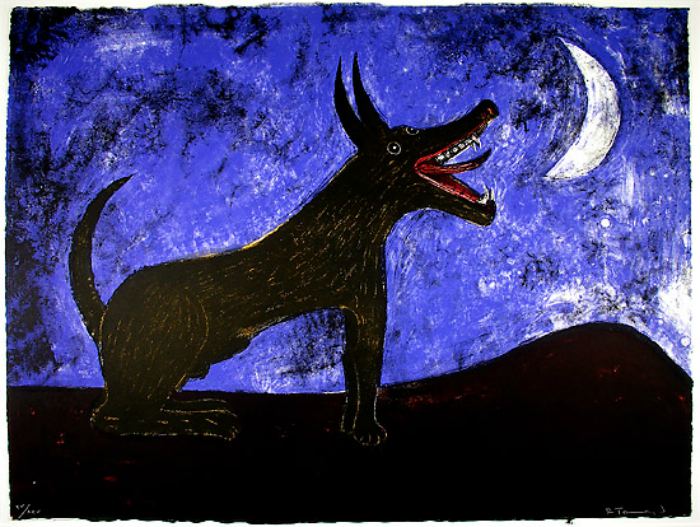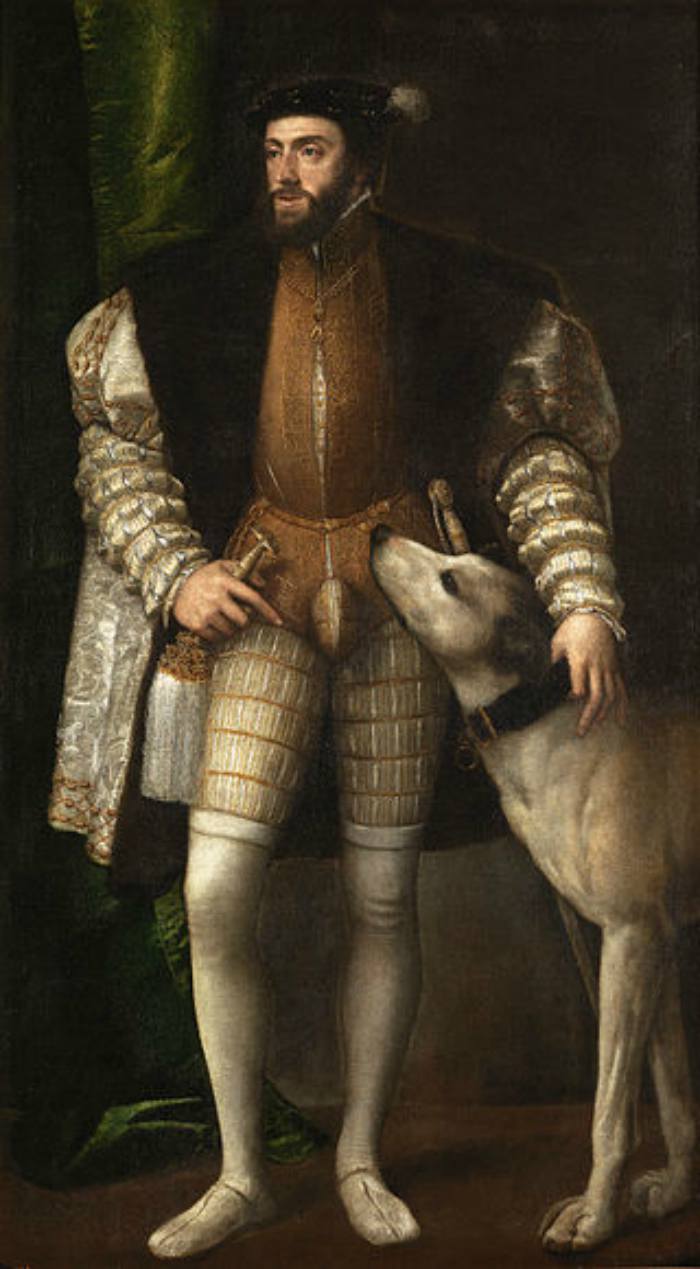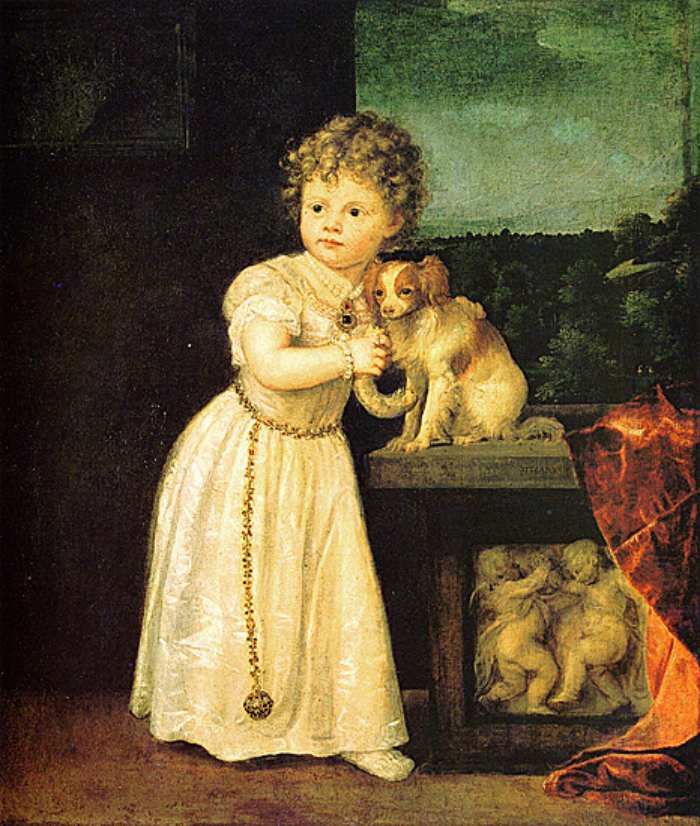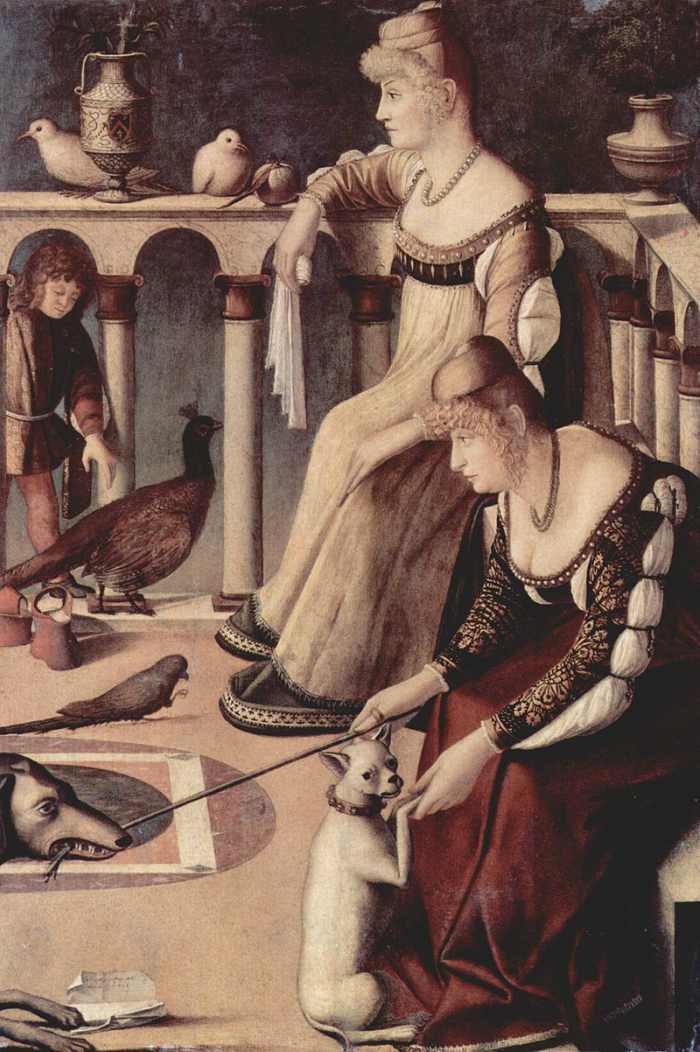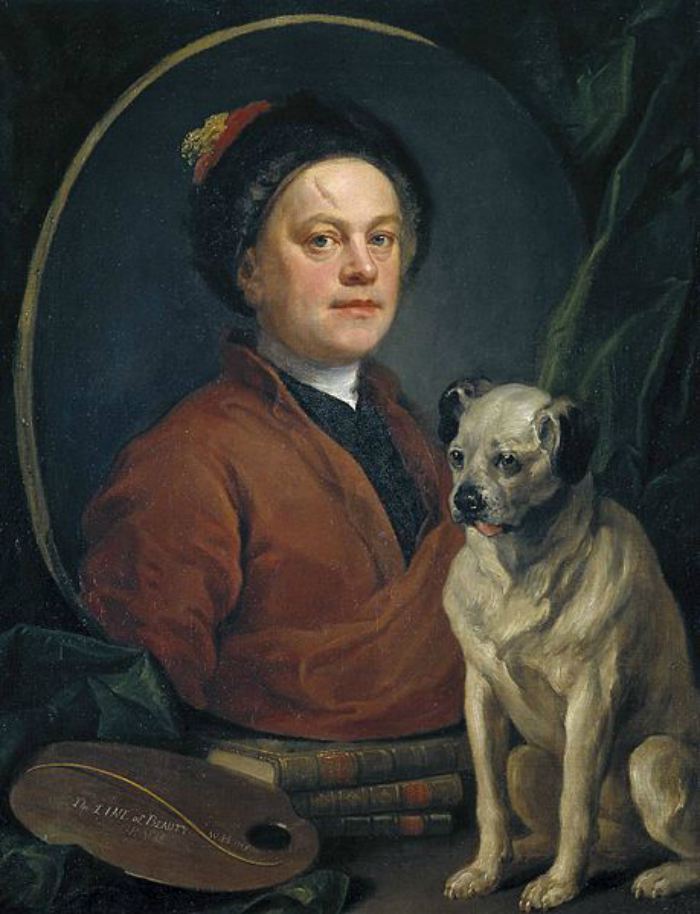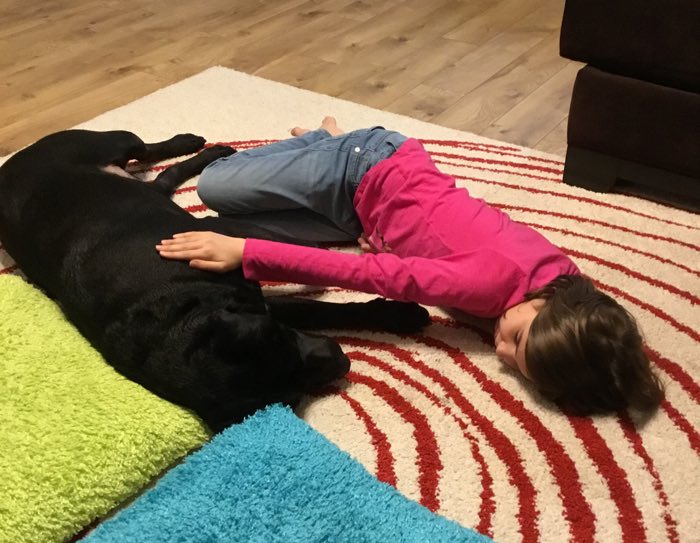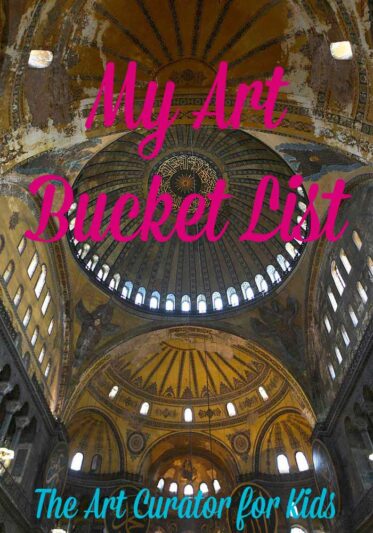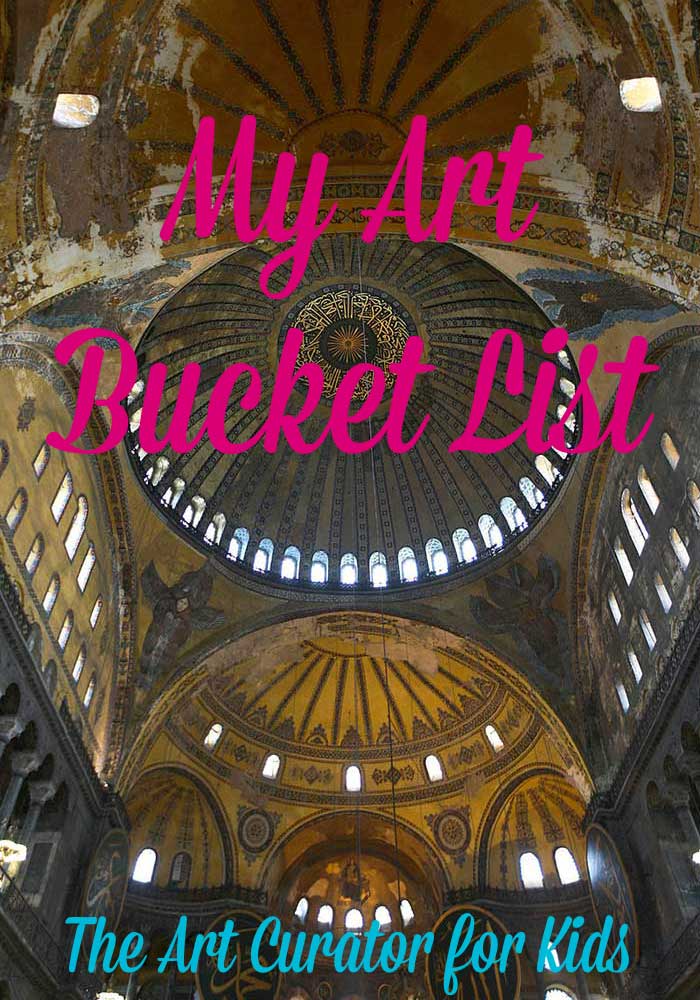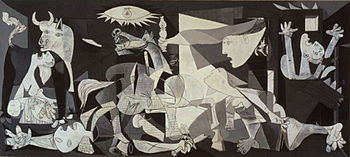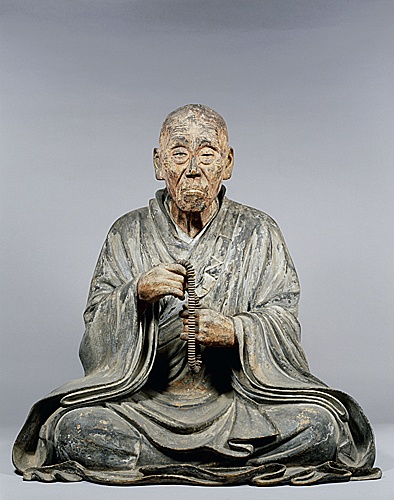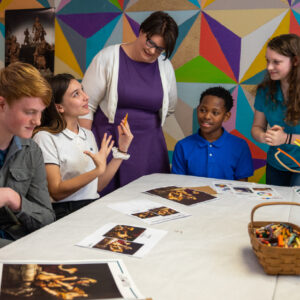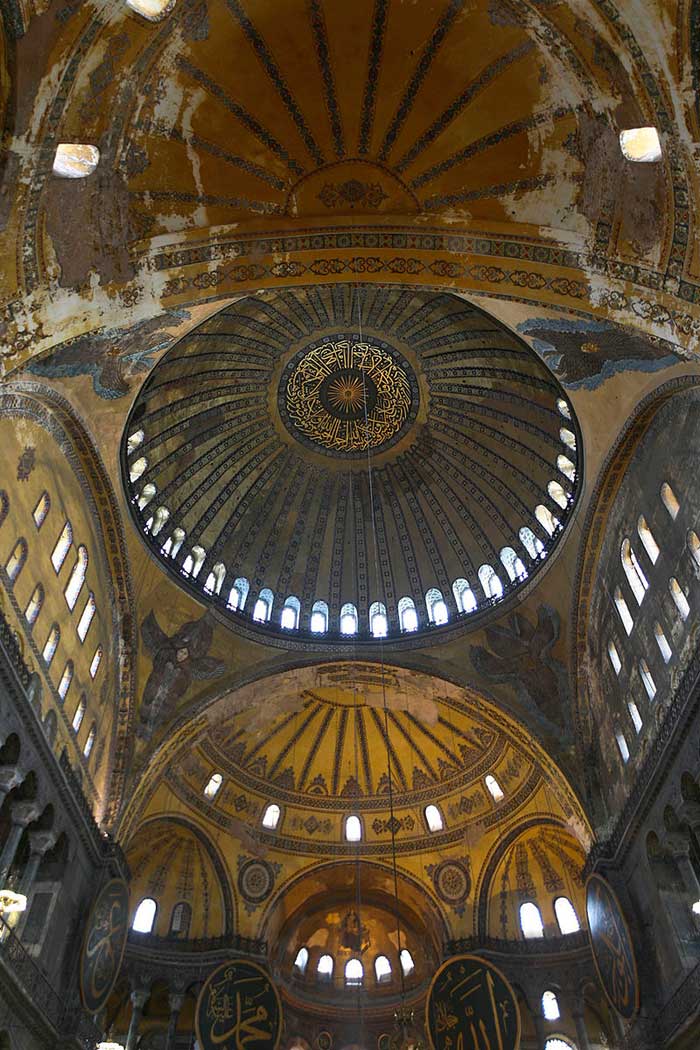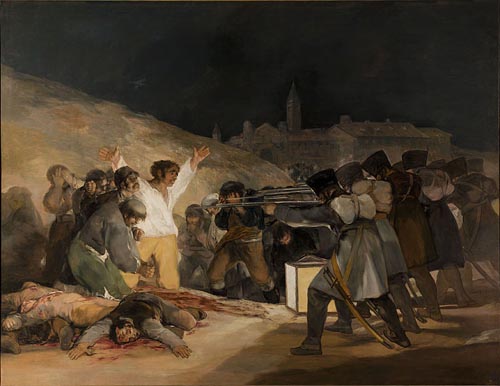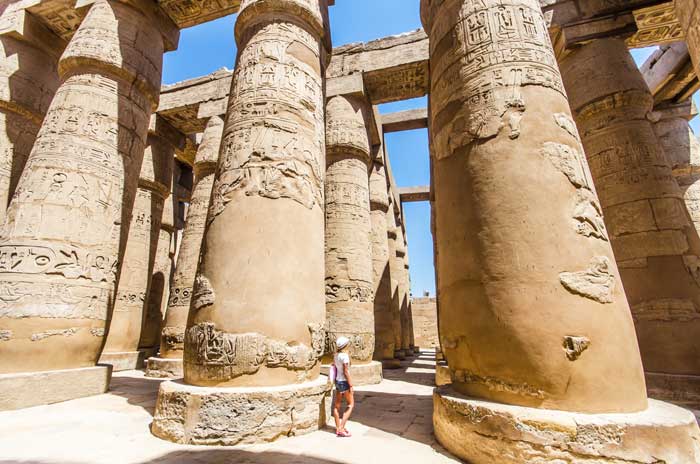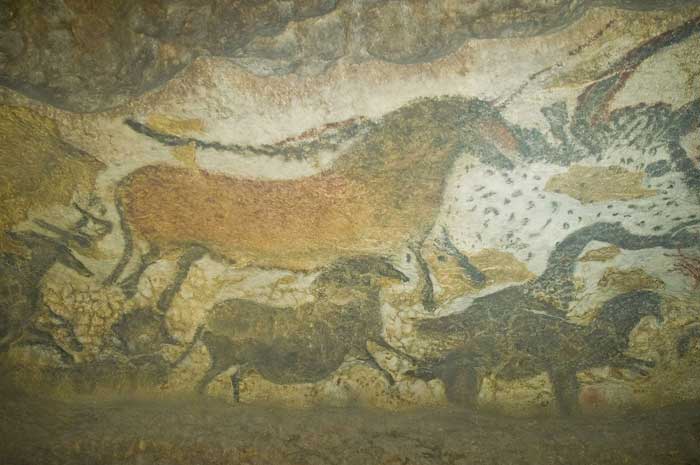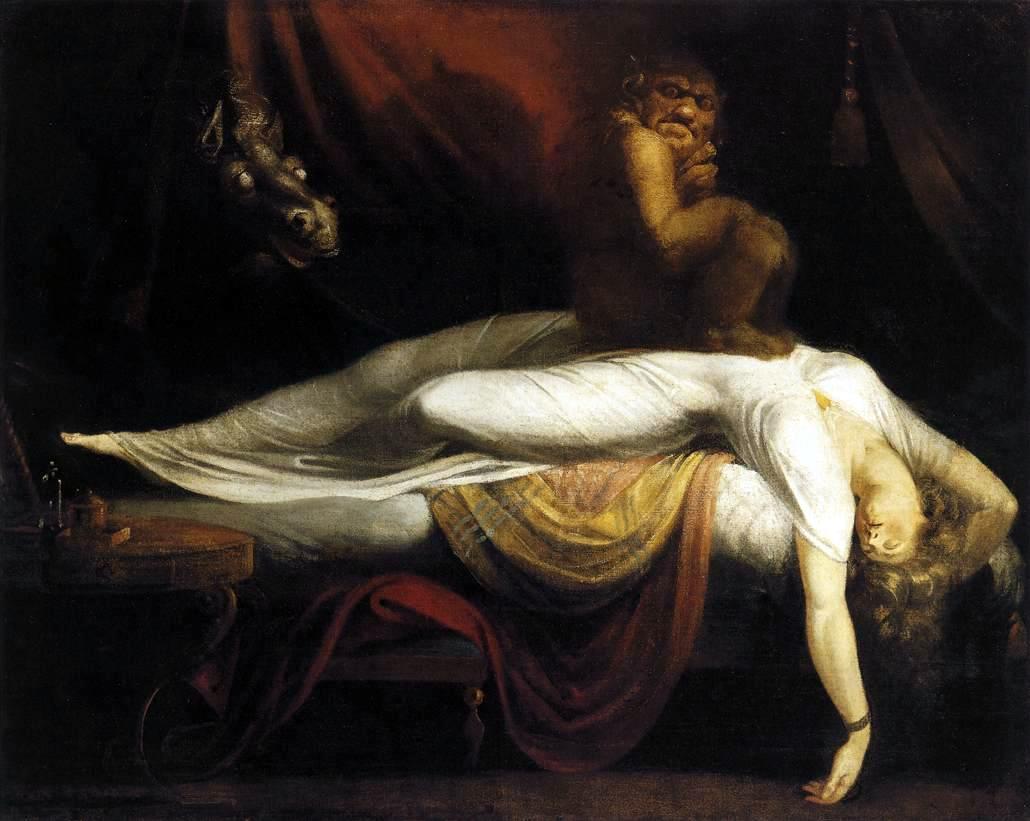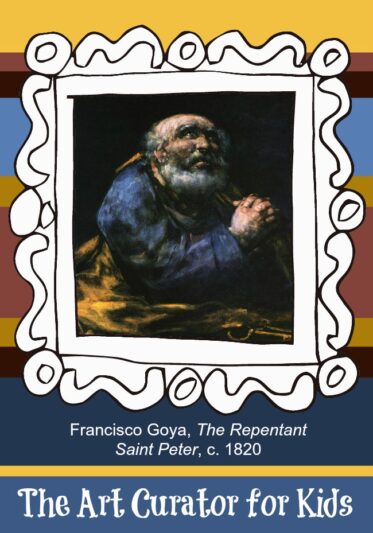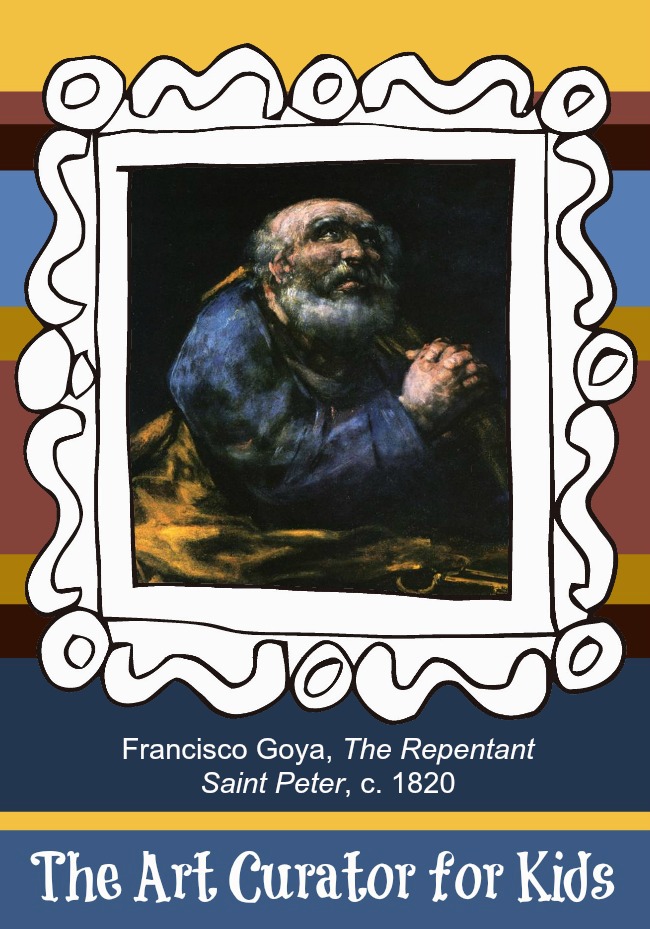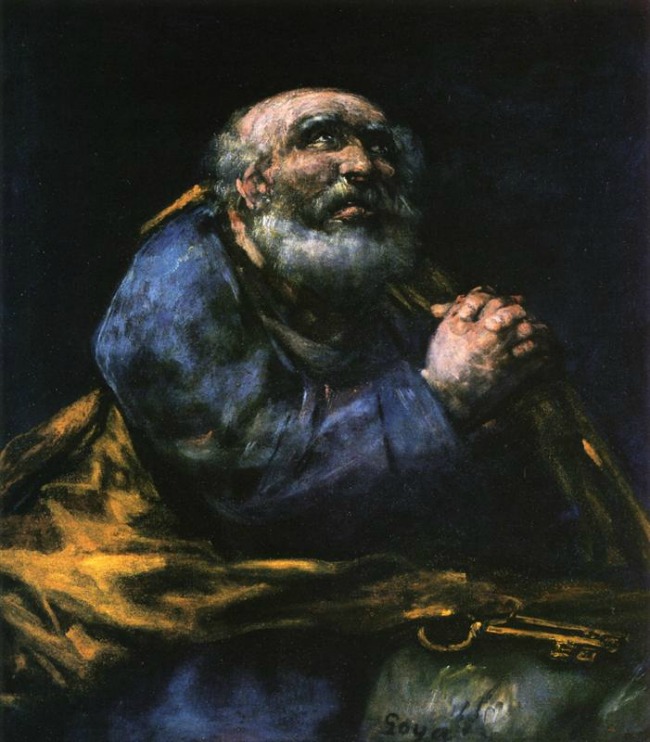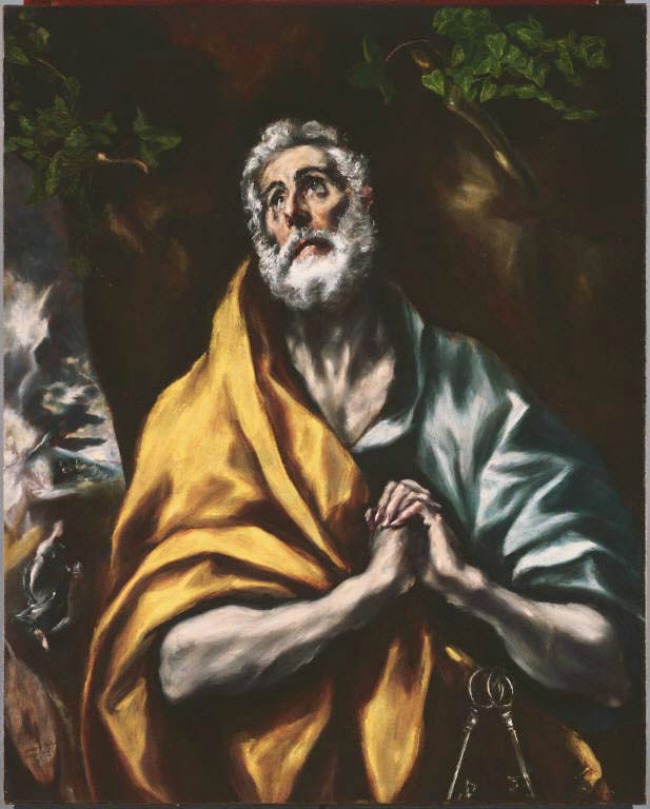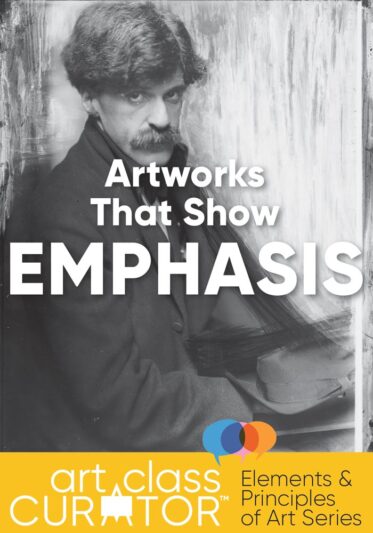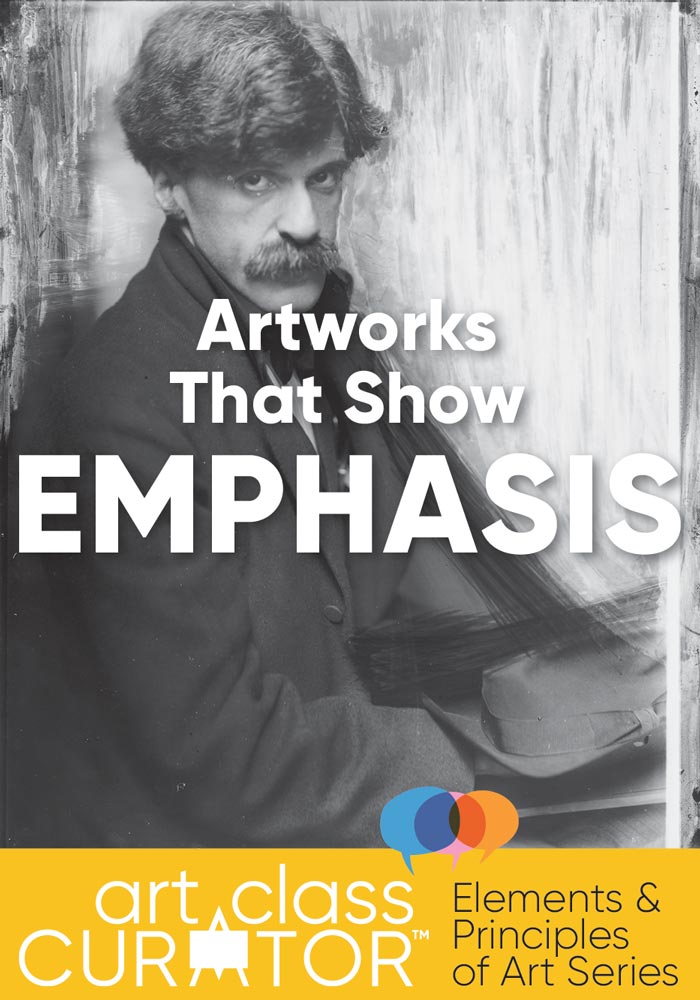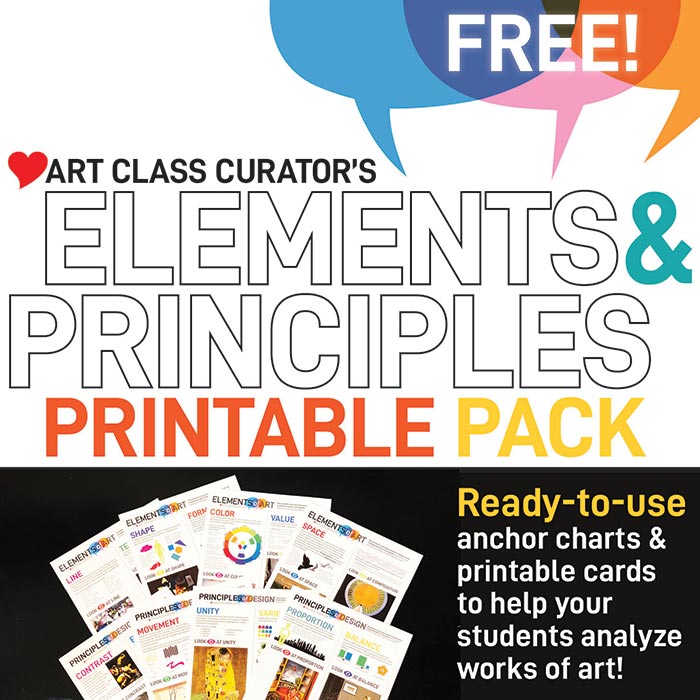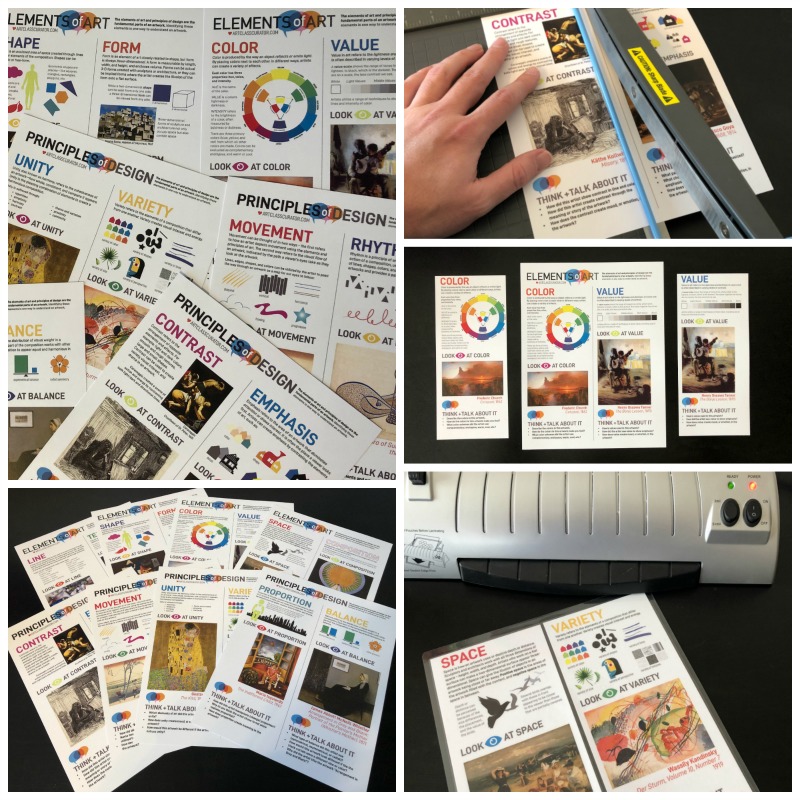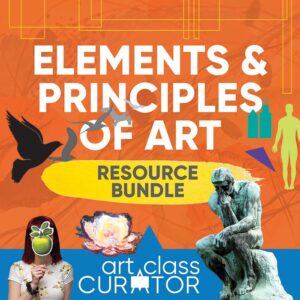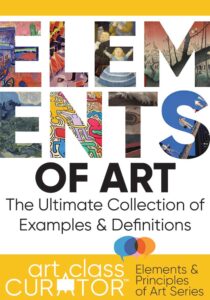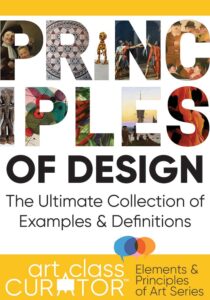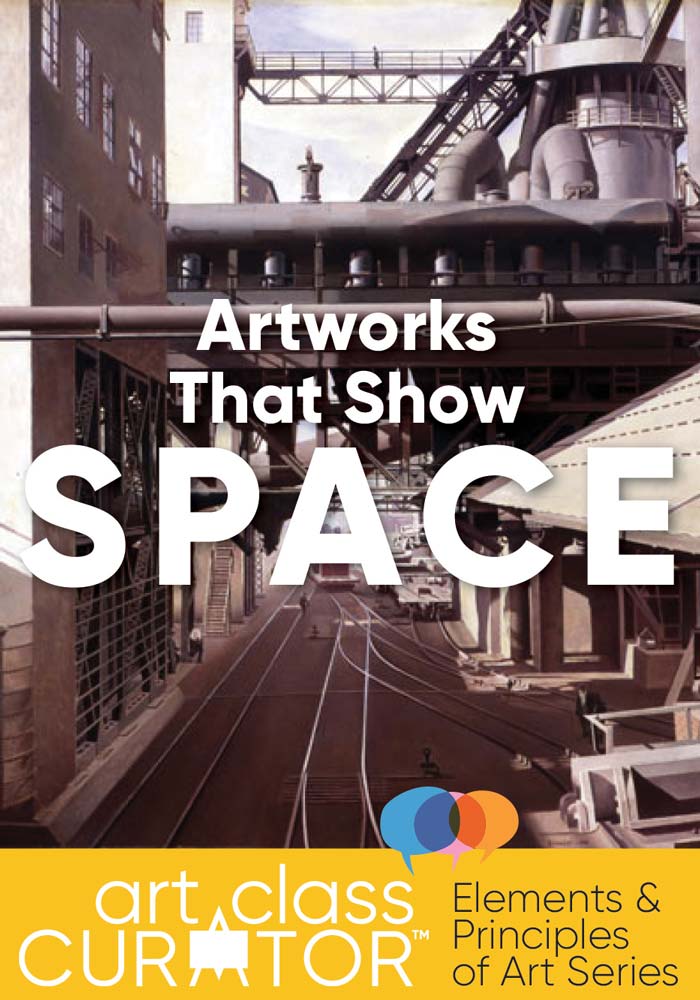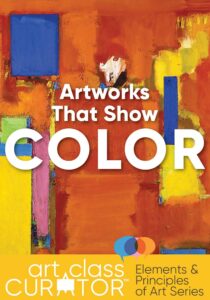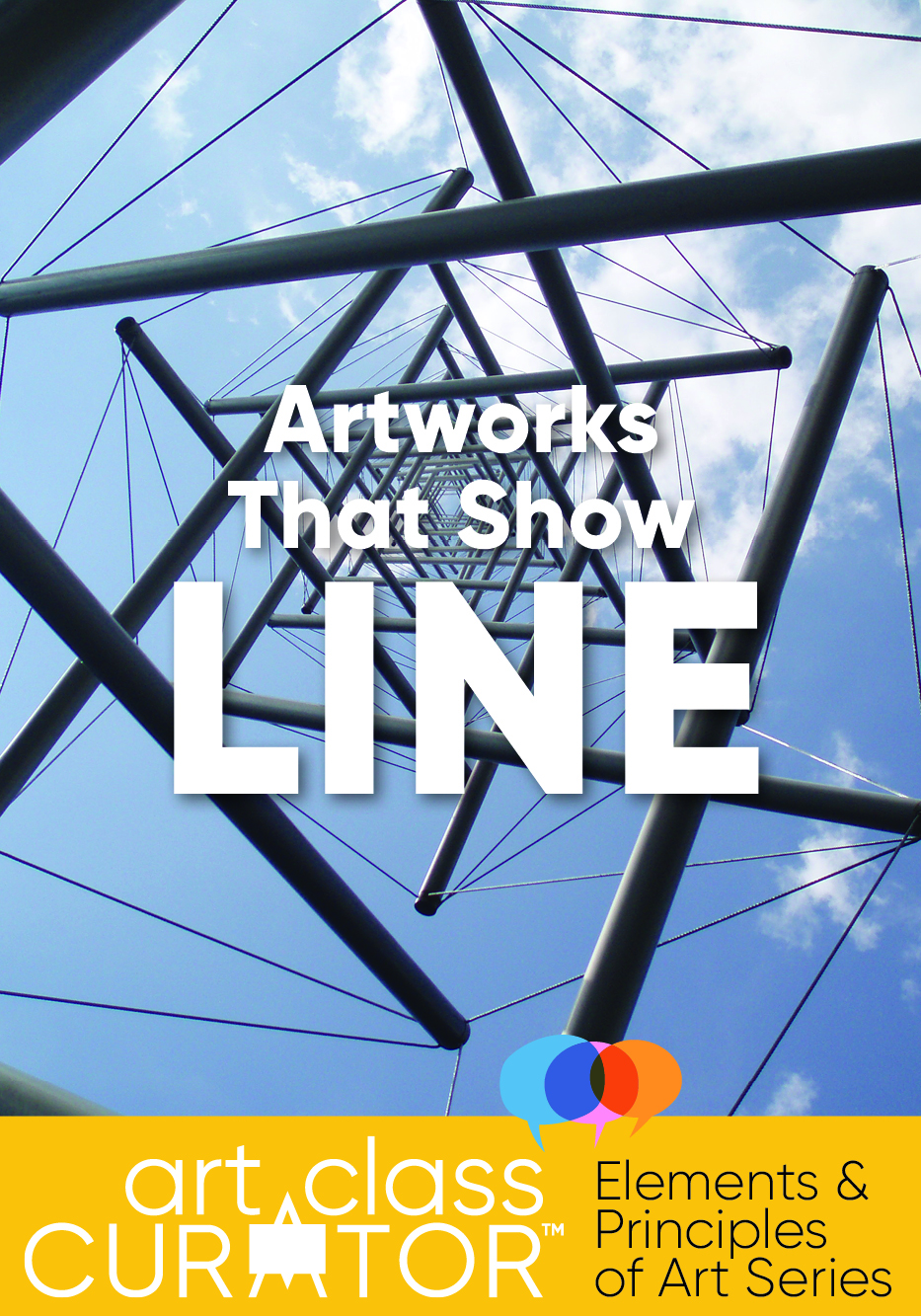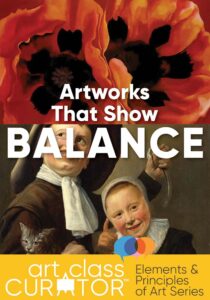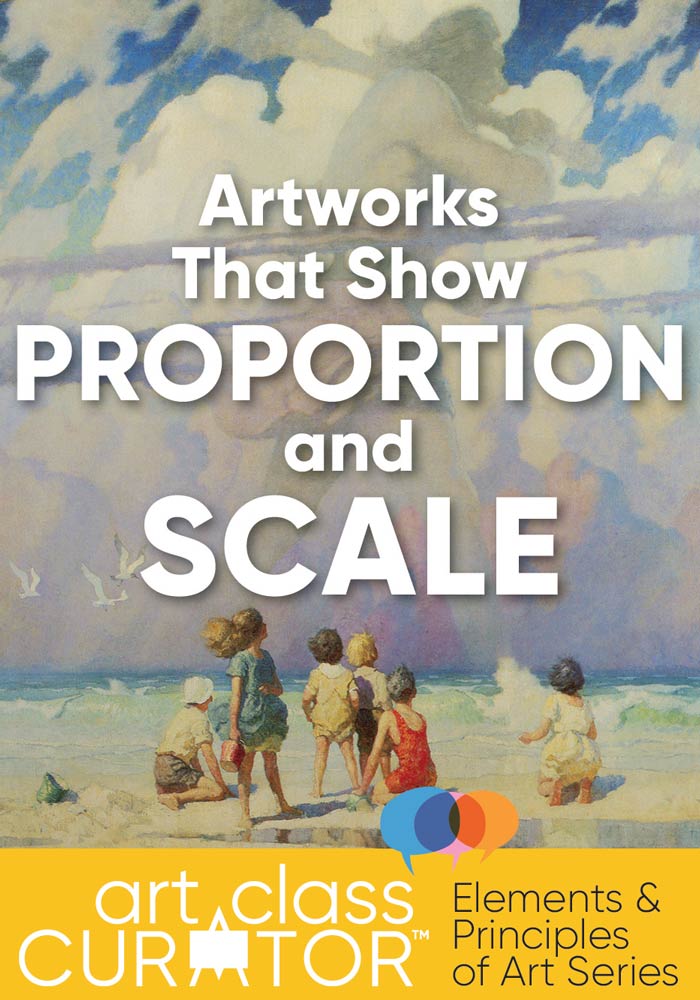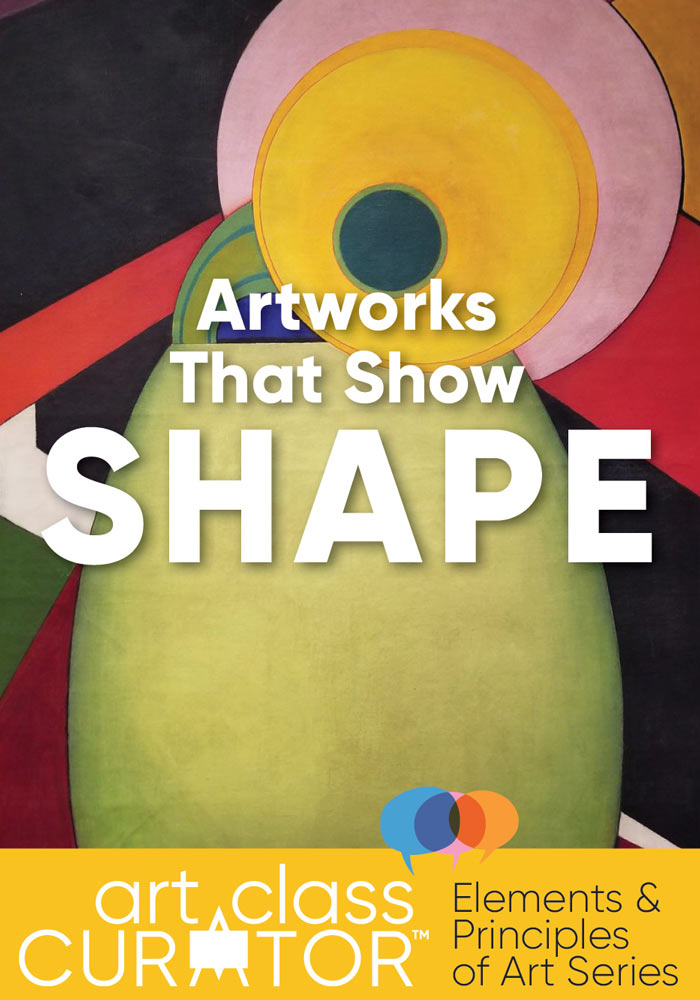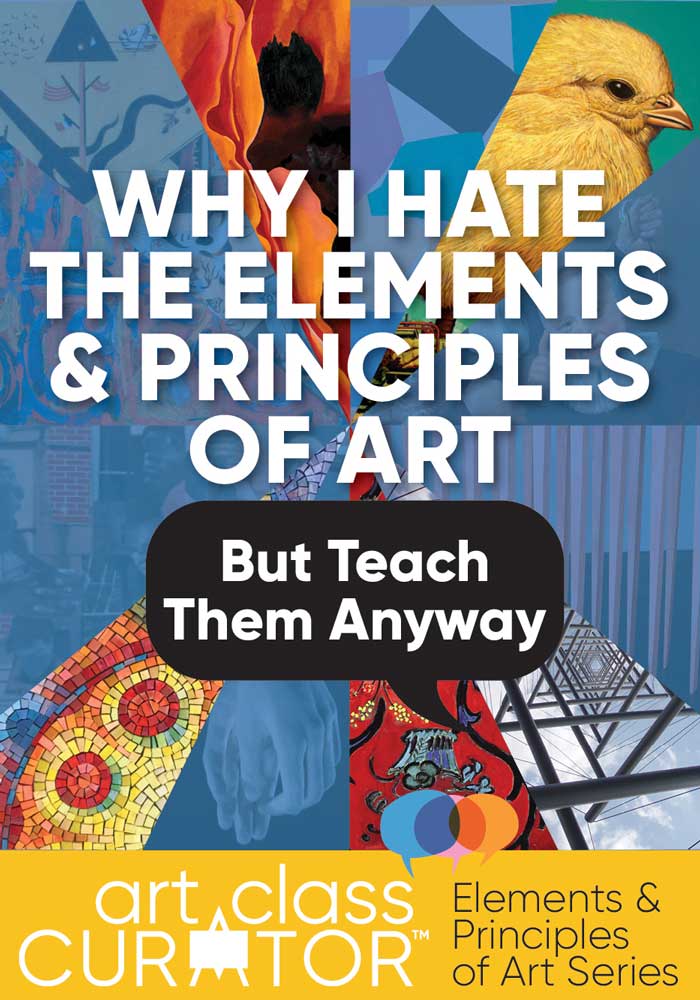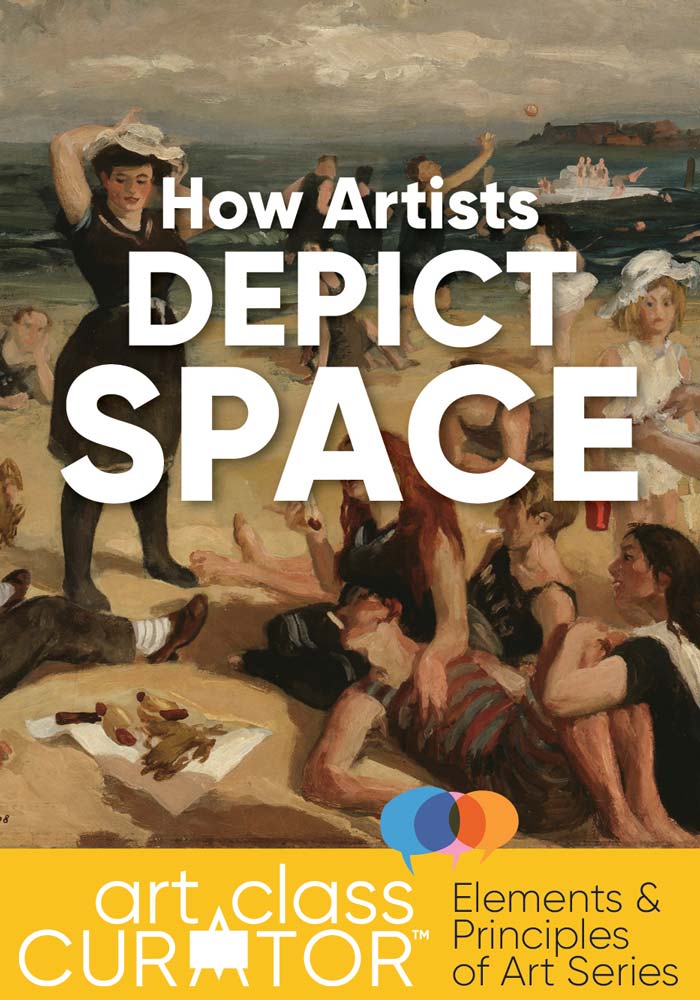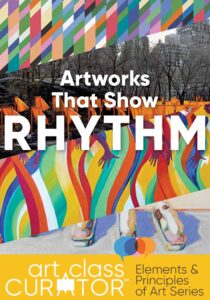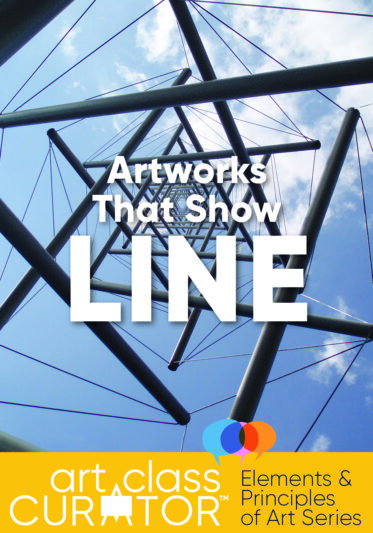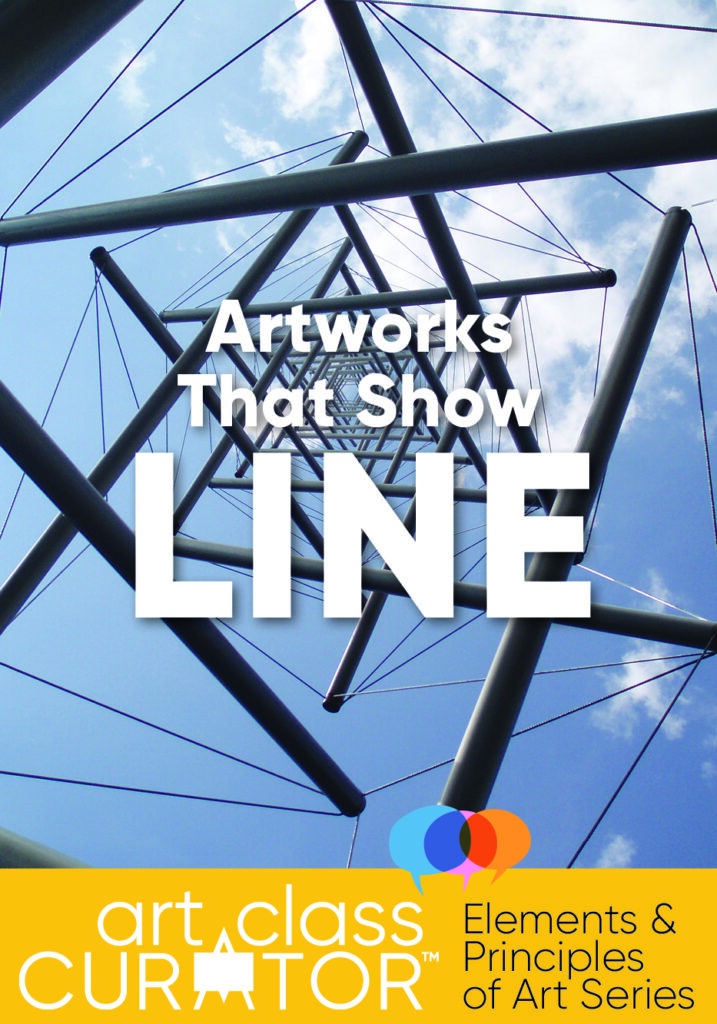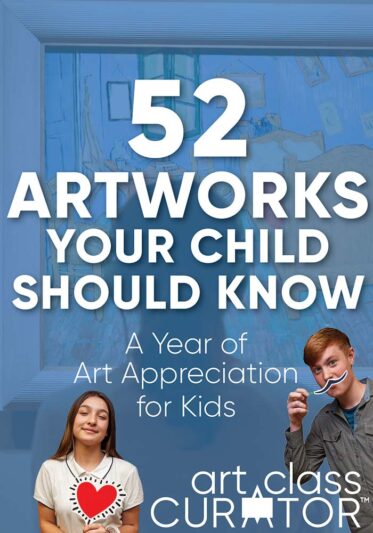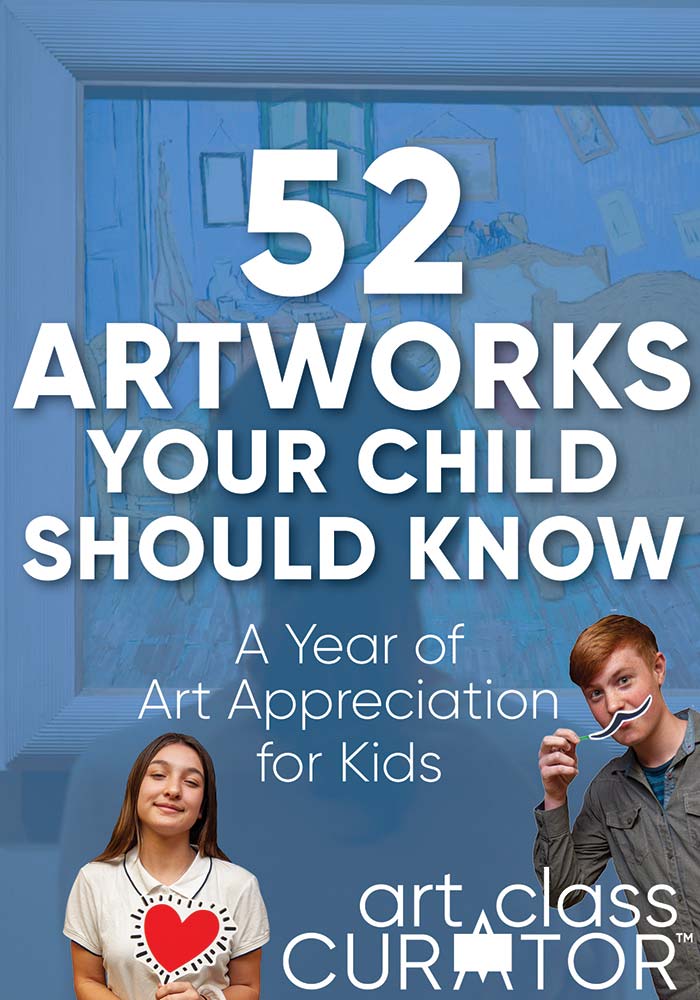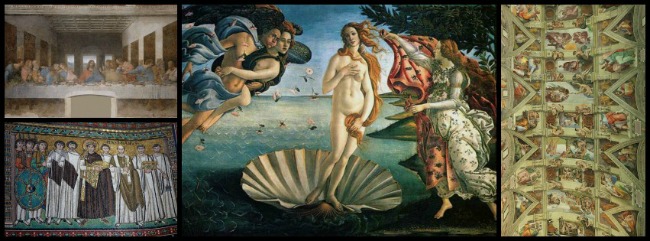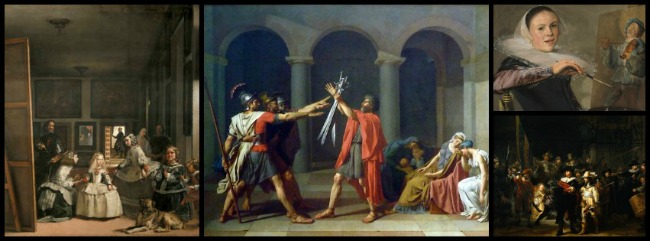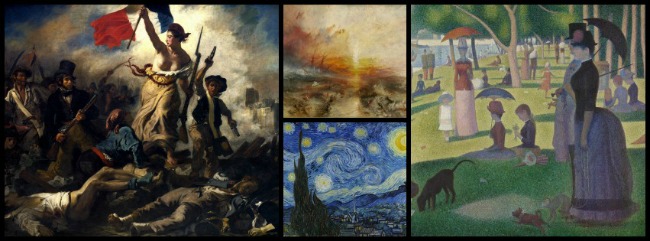Inside: Students use creativity in this art appreciation game for kids with a free art appreciation printable. Students are shown a small piece and draw the rest.
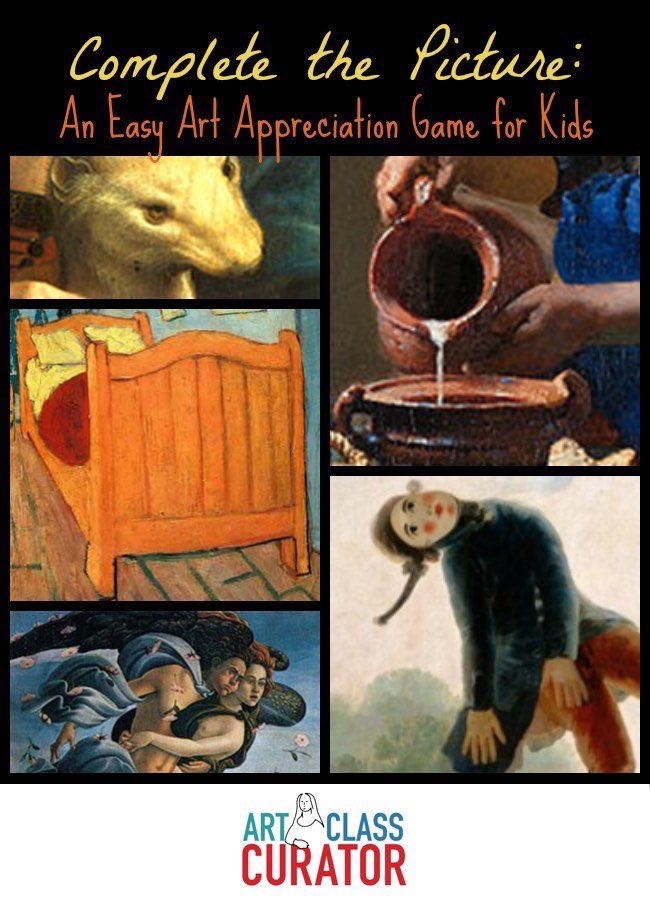
Recently, I was looking at the Prado Museum website researching links for my year of art appreciation post. I found a little thumbnail sketch of the painting, and I thought it was so cool. I was smitten by it and needed to know what it was right away. I clicked on the image and nothing happened. WHAT?! So I then started clicking around on the Prado Museum website, but I couldn’t find it. This picture is like nothing I have ever seen before, so I didn’t even know where to start looking on the site.
Here is the thumbnail. Isn’t it so intriguing? Doesn’t it just make you want to know more?
I ended up having to use the snipping tool to pull the picture from the site. Then, I did a reverse Google image search for the picture. That’s when I discovered that this was The Straw Manikin by Francisco Goya. The final painting didn’t look like what I expected but that was what was so fun about the process.
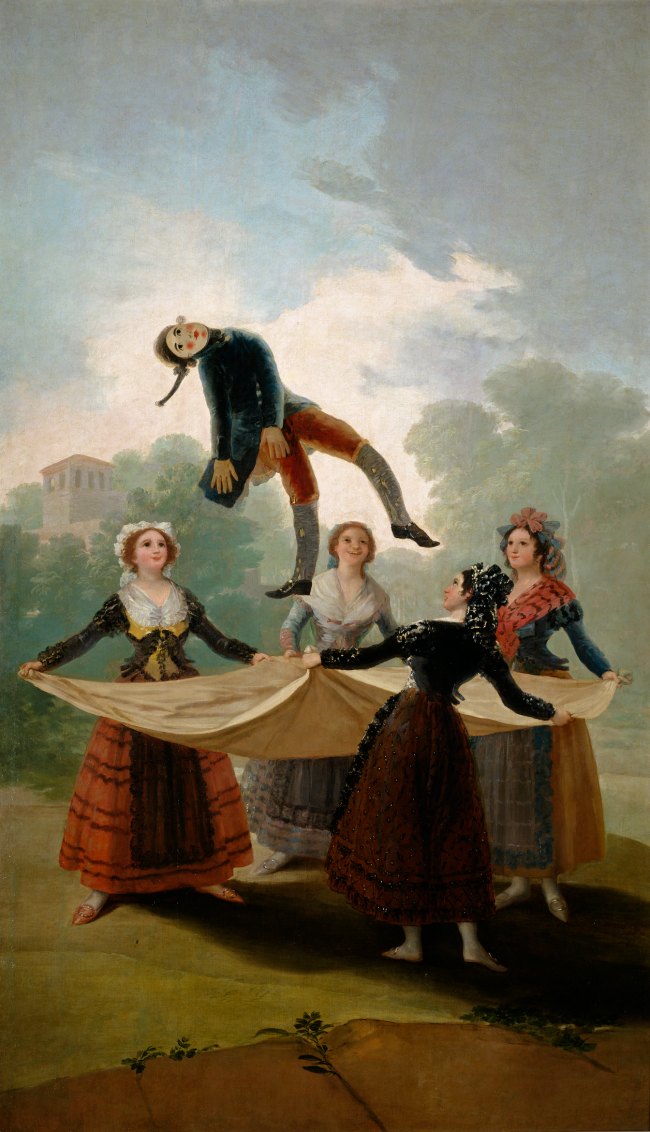
Delightful.
That little puzzle piece made my brain go so many places, and it made me think of lots of different art appreciation game s I could do with students with small clips of paintings like that. I could show a small bit of the painting and then have to student guess what the rest of the painting looks like or give the student a small portion of the painting and have them draw what the rest might look like. This activity is not new to the world, but it was fun to experience it out in the wild for myself.
I used to work at a history museum in downtown Dallas, and we would do something similar with historic photographs. We photocopied them and cut them into pieces and distributed the different quadrants to different groups of students. The students had to figure out clues from the photos. It taught them to look closely and notice things they might not have seen had they been given the full photograph originally.
I decided to make you a printable of this painting and others that work with the activity.
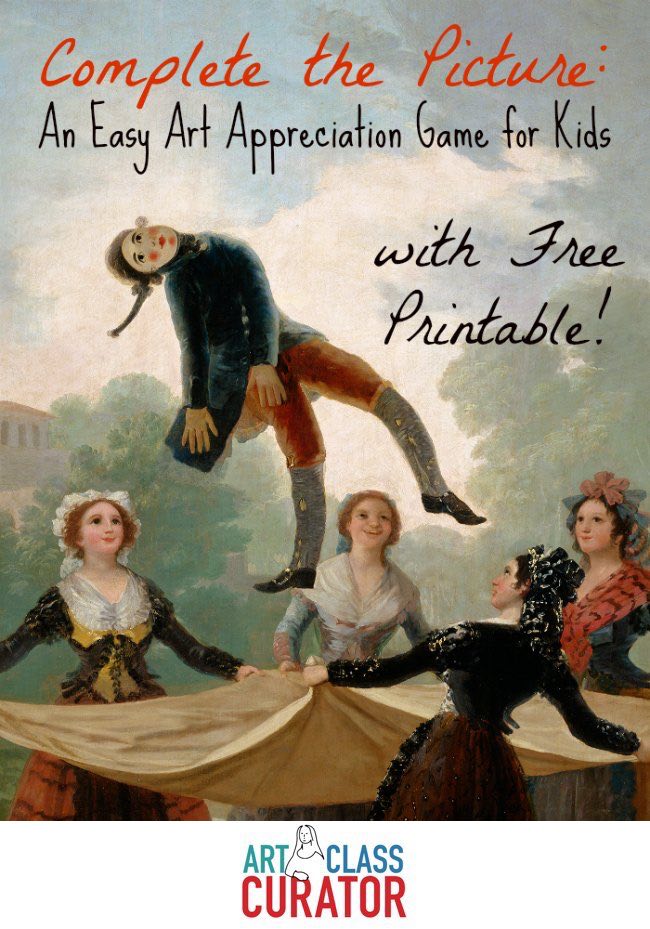
Art Appreciation Game Instructions and Printable
You print it and give it to the student, and ask them to draw the scene around it, or just discuss what they notice and what they predict for the rest of the painting. After they complete the art appreciation game, show the full painting and discuss.
I used these paintings for this activity in the printable.
- Francisco Goya, The Straw Manikin, 1791-92
- Johannes Vermeer, The Milkmaid, c. 1658
- Vincent van Gogh, Bedroom in Arles, 1888
- Leonardo da Vinci, Lady with an Ermine, 1489-90
- Tsukioka Yoshitoshi, Gojō Bridge, an Episode from the Life of Yoshitsune, 1881
- Unknown, Rahula,16th century
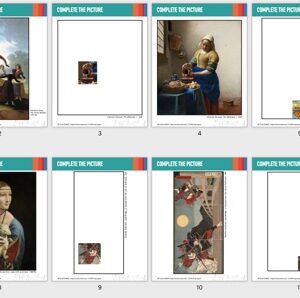
Free PDF!
Complete the Picture
Ready-to-go Art Appreciation Activity
This is a great activity to have on hand in your classroom. Just print it and give it to your student or the whole class. They draw the scene around a small portion of the artwork. Or, just discuss what they notice in the portion and have them predict what will be in the rest of the painting. When they’re done, show them the full (included) artwork and discuss!

